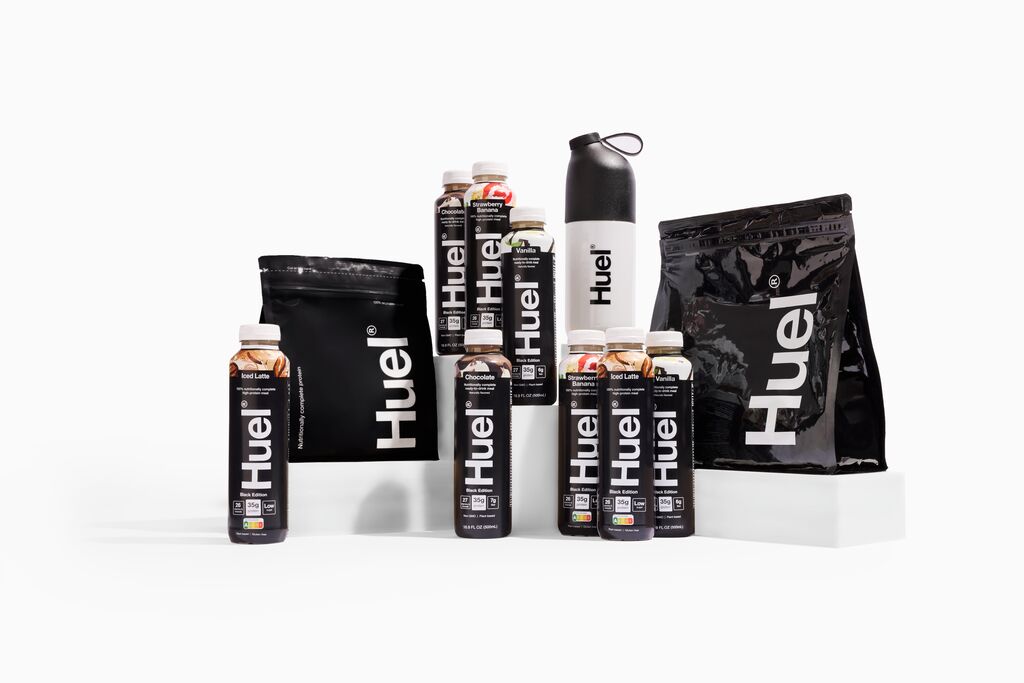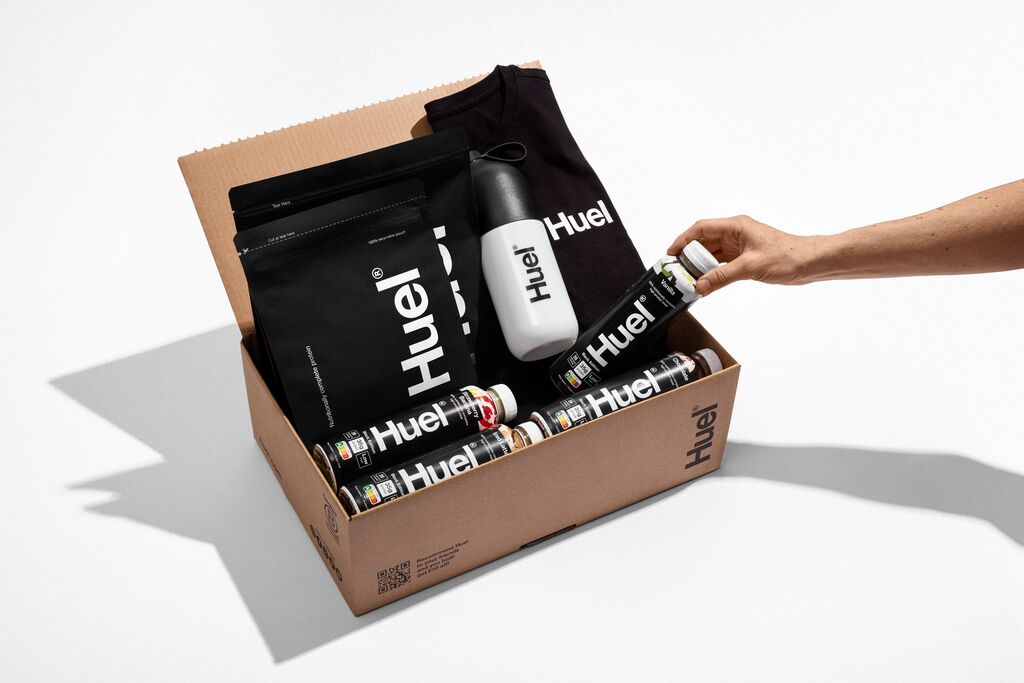*This post is paid for by HUEL
If you’re suffering from diabetes, or have sought medical treatment for obesity, chances are you’ll already know what GLP-1 agonists are.
Drugs like semaglutide and tirzepatide are innovative medications used to manage both type 2 diabetes and obesity.
These types of newer medications often help regulate blood sugar through several different mechanisms; they slow the rate at which the stomach empties food into the intestines; stimulate the release of insulin in response to meals; and suppress the release of glucagon, a hormone that increases blood sugar after eating.
And, given that they also influence factors related to food intake, such as hunger, fullness, and food cravings, it’s essential to manage your food intake in a balanced way
What makes a good food choice on GLP-1 medications?
Since these newer medications are prescribed for different reasons, there is no one-size-fits-all nutritional solution.
If you are taking these newer medications, your healthcare professionals should provide individualised nutrition advice.
With reduced hunger often experienced on these newer medications, it’s important to focus on nutrient-dense foods that support overall health. A balanced intake of vitamins, minerals, protein and fibre is key.
If you’re struggling to make the right choices, we can help you get started. Here are our top 10 nutrient-dense foods to consider incorporating into your diet while on these newer medications.
- Whole Grains
Whole grains, such as quinoa, brown rice, barley, and oats, are essential staples in a balanced diet. They are rich in fibre, vitamins, and minerals, including magnesium, phosphorus, and B vitamins, all of which support overall health.
Among these whole grains, oats are a nutrient-dense option. They are packed with essential nutrients, including fibre, vitamins, and minerals like magnesium and phosphorus. One of the key components is beta-glucan, a soluble type of fibre known for its health benefits. Research has shown that beta-glucan can help promote the growth of beneficial gut bacteria and reduce harmful bacteria strains, supporting overall digestive health.
- Berries
Berries, such as strawberries, raspberries, and blueberries are nutrient-packed fruits offering fibre, polyphenols, and a variety of vitamins and minerals. They are versatile ingredients that can be incorporated into breakfast dishes or enjoyed as a mid-afternoon snack.
In addition to their antioxidant-rich properties, berries are also high in vitamin C, just 100g providing you with around 10% of your daily requirements. You’ve probably heard that increasing your vitamin C intake is a go-to strategy when you have a cold or flu, and that’s because this vitamin is vital for immune defence. Vitamin C supports the production and function of white blood cells, which are key to fighting off bacteria and viruses.

- Leafy Greens
Leafy greens like spinach, kale, and Swiss chard are excellent choices for people taking GLP-1 medications. These nutrient-dense foods are rich in vitamins A, C, and K, as well as antioxidants, which support overall health. For example, vitamin A is a powerful antioxidant that acts as a frontline defence against infection. Leafy greens are also loaded with fibre, so a great addition whether you toss them into a salad or blend them in a smoothie.
- Nuts & Seeds
Nuts and seeds are valuable additions to the diet, loaded with essential vitamins, minerals and fibre. Varieties like almonds, cashews, pumpkin seeds, and sunflower seeds offer diverse benefits, from supporting immune health to aiding digestion. For example, brazil nuts stand out for their selenium content, a powerful antioxidant that helps protect your cells from damage and is essential for the proper functioning of immune cells.
- Legumes
Legumes, including beans, peas, and lentils are excellent sources of protein and fibre, making them both nutritious and filling. They also provide fats, carbohydrates, and essential minerals making them a nutritious and versatile addition to your meals. Research further links legumes to improved cardiovascular health, reducing the risk of heart disease.
- Dairy
Dairy products like cottage cheese and Greek yoghurt serve as fantastic sources of protein. They also contain essential minerals like calcium and potassium. Calcium is an important mineral for maintaining healthy bones, and potassium helps with fluid balance and muscle contraction. Both cottage cheese and yoghurt can be dressed up with other nutrient-dense foods like fruits, nuts, and seeds.

- Lean protein
Lean proteins like poultry, tofu, and fish are all valuable sources of complete protein. Complete proteins are any foods that contain all 9 essential amino acids. These foods can also provide other essential nutrients like iron. For instance, just ½ cup of firm tofu contains 3mg of iron, which plays a role in transporting oxygen in the body.
- Cruciferous vegetables
Cruciferous vegetables, like broccoli and brussel sprouts, are a family of vegetables that are rich in all kinds of vitamins, minerals, and phytonutrients.
- Ginger
A common adverse reaction to these newer medications is nausea, so it can be helpful to choose foods that are soothing to your stomach. Ginger-based drinks like ginger tea can help to settle an upset stomach. Other foods that can help with nausea include bland foods like plain crackers or toast.
- Other complex carbs
Foods rich in complex carbohydrates range from grains like barley to starchy vegetables like sweet potatoes. These carbohydrate sources contain more fibre, which means they are digested slower than simple carbohydrates. This slows the uptake of glucose, meaning your blood sugar rises slower.

Convenient solutions can help ensure you’re still getting balanced nutrition even when meal prep feels like a challenge. Options like Huel Black Edition, a nutrient-dense powder that you mix with water to make a shake, are perfect for on-the-go nourishment, with 40g of protein.
There isn’t a specific ‘diet’ for those on GLP-1 medications, but adding nutrient-rich foods like whole grains, nuts and seeds, legumes, dairy, and other high-protein, high-fibre options in to your diet can help keep you satisfied – while meeting your nutritional needs.
If you are taking these newer medications and are experiencing challenges with your nutrition, please talk to your doctor and/or dietitian who can provide you with individualised recommendations.







